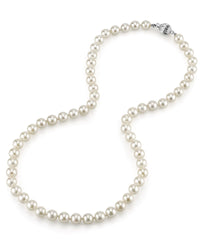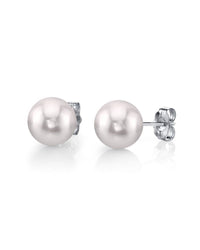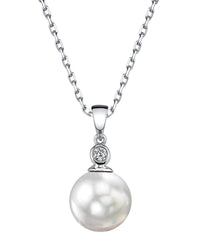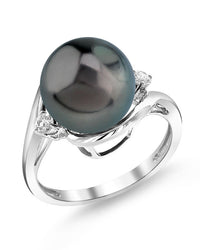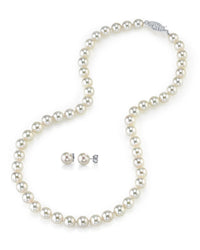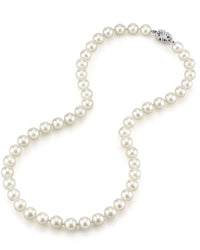It’s an unfortunate truth for pearls... There is no standardized Grading System used to evaluate pearls. Re-read that line and let it sink it, it's one of the most important things to understand about pearls when considering where to buy pearls.
Every vendor is different... Every farmer.... Every processing company... And every auction house. They ALL have their own grading systems they use to evaluate and price their pearls. One vendor’s AAA Grade is another’s AA or even A Grade.
In fact that's the dirtiest secret in pearls... An unscrupulous dealer can take medium grade (AA) pearls, label them AAA and have enough margin left to price them $100's cheaper than the an honest seller. Unfortunately this is all too common with "discount" online sellers.
Sounds complicated, doesn’t it?
It can be... but do your research and purchase from a brand you trust with clear details on how they grade pearls and you'll be fine. Just remember price and value are two different things!
The A-AAA (Japanese Akoya) and A-AAAA (Tahitian, South Sea and Freshwater) Grading System uses all 7 Value Factors to evaluate our pearls and assign each strand or pair of earrings its spot on this easy to understand scale.
In this Grading Guide, you will learn what each of the 7 Value Factors are, what these Grading Systems are and how they relate to the farmer’s A-D Grading System, and much more.

